Deep under Whitehall – the home of the United Kingdom’s major government departments – is a secret lair to rival anything created by a James Bond baddie intent on world domination. The Churchill War Rooms were constructed secretly as the bomb-proof centre of wartime government. Churchill was initially reluctant to go underground but he fought fascism here from 1939 to victory in 1945. With him was his wartime coalition ‘cabinet of all the talents’, his senior chiefs and advisors – and a small army of military and civilian staff, all engaged in top-secret work.
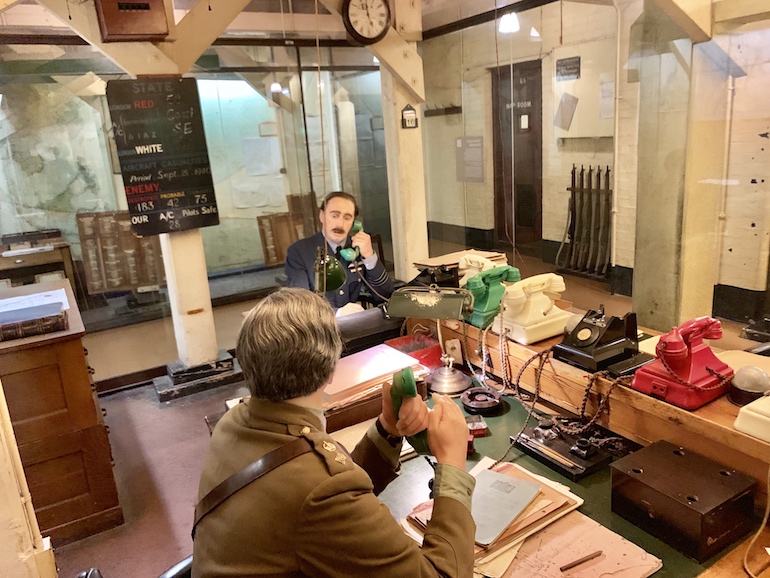 Bunker down. The Cabinet War Rooms. Photo Credit: © Antony Robbins.
Bunker down. The Cabinet War Rooms. Photo Credit: © Antony Robbins.
Silk handkerchiefs
There’s so much to see in Churchill’s underground bunker. This remarkable time capsule remains as it was left in 1945 when the last person out turned the lights off. Every artefact – every fire extinguisher, every water jug, every ashtray – is the real thing. Missing, however, are the large silk maps that are said to have hung here. Snaffled by departing officers at the end of the war, they were re-purposed as luxurious dressing gowns and lingerie by grateful wives and girlfriends. Smaller versions of these silk maps of occupied Europe were given to aircrews. Flyers wore them as scarves – a practical yet ingenious item that might prove a life-saver if an airman was forced to bail out over enemy territory.
Tin hats
The design of the WW2 British helmet wasn’t dissimilar to those worn by English archers at the Battle of Agincourt in 1415. The helmet was patented in 1915 by John Leonard Brodie. During WW1, after his disastrous mismanagement of the Dardanelles Campaign, Churchill became an officer in the trenches. He lobbied for the new helmets to be issued immediately, having witnessed first-hand the deathly toll that shrapnel exacted on his men. Known as the ‘tin hat’, a version of the Brodie was produced as Helmet, Steel, Mark 1. It remained a standard-issue until 1944. US forces wore the British-pattern helmet until 1941 when they adopted their own, better-designed, version – the M1.
Winston’s onesie
Churchill invented the onesie. Although overalls were sported by mechanics, drivers and pilots, Winston Churchill took it a step further. He favoured the design – christened ‘the siren suit’ – so he could dress quickly if an air-raid disturbed his bed or bath-time. He had luxuriant versions run-up by his shirtmaker Turnbull and Assser in claret and bottle-green velvet. If you fancy your own version, Savile Row tailors Huntsman will run you up your own bespoke interpretation of this most retro of garments.
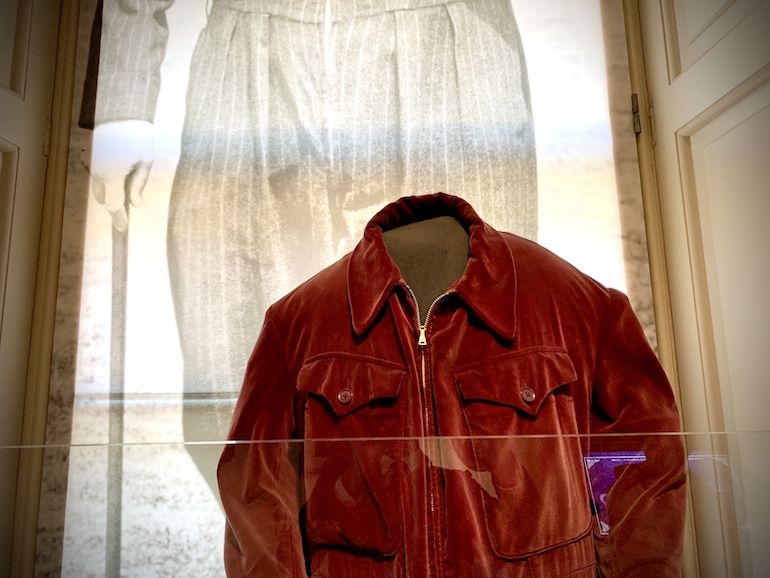 One’s onesie. An original siren suit in a fetching claret-coloured in velvet. Photo Credit: © Antony Robbins.
One’s onesie. An original siren suit in a fetching claret-coloured in velvet. Photo Credit: © Antony Robbins.
Officers’ boots
You can tell the army mannequins in the bunker are dressed as officers because they wear brown shoes and boots. All wartime non-commissioned British soldiers wore black ‘ammunition’ boots. Class-conscious Brits were confused when America entered the war, as all US soldiers wore brown footwear, irrespective of rank. American airmen however preferred British flying boots to their own. These were often traded with RAF pilots for lipstick and nylons – ever-popular gifts for British women. Consequently, some United States flyers wore British boots in combat. And, just to confuse you, all standard British flying boots were black.
Pocket watch
Winston Churchill loved a good timepiece. His Breguet pocket watch and its distinctive gold chain are now in the Churchill Museum, next door to the Churchill War Rooms. It was made in 1818 for Churchill’s ancestor, the 4th Duke of Marlborough. Breguet dates back to 1775. It’s still going strong.
The broadcaster’s tux
“Here is the news. And this is Alvar Liddell reading it,” was a wartime catch-phrase. Families crowded around the ‘wireless’ to hear the newscaster’s BBC reports. Listeners found his sonorous
tones reassuring. Liddell, just like the announcers broadcasting from the Cabinet War Rooms, always wore a dinner jacket (a tuxedo – as it’s known Stateside). This tradition endured well into the 1950s even though nobody would actually ever get to see these radio broadcasters at work in their studios.
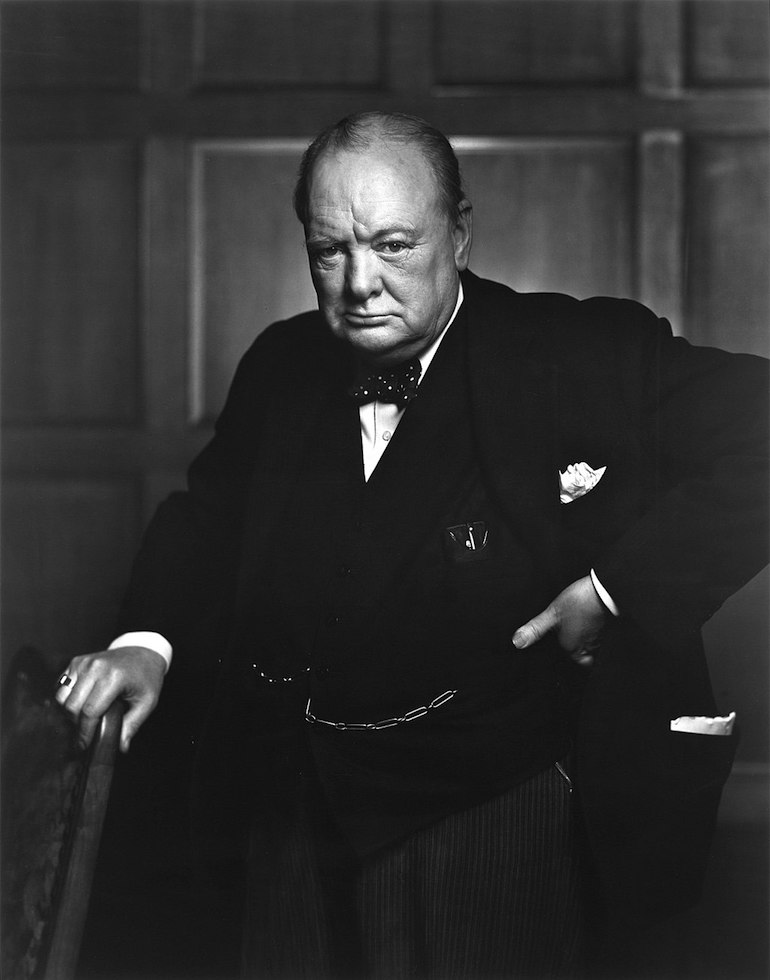 Churchill, aged 67, wearing a suit, standing and holding into the back of a chair. Photo Credit: © Public Domain via Wikimedia Commons.
Churchill, aged 67, wearing a suit, standing and holding into the back of a chair. Photo Credit: © Public Domain via Wikimedia Commons.
Goldfinger’s henchman
A favourite object in the Churchill Museum is the Bowker hat, which Winston Churchill designed himself. It’s a cross between a Bowler (a Derby in the US) and a Homburg, popular with distinguished elder statesmen of the day. Can’t picture it? Then watch James Bond in 1967s, Goldfinger. Evil henchman Oddjob deploys his version of the Bowker with deadly consequences. It doesn’t end well for Oddjob of course. But, rest assured, a visit to the Churchill War Rooms is always a licence to thrill.



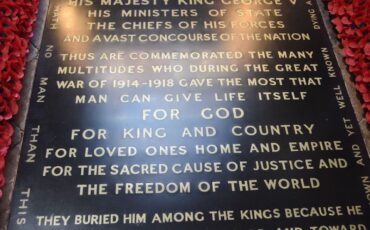
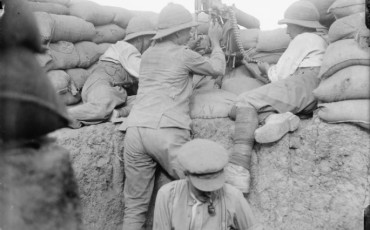


Leave a Reply